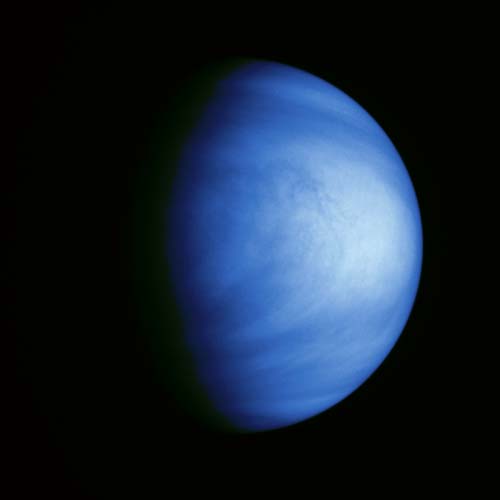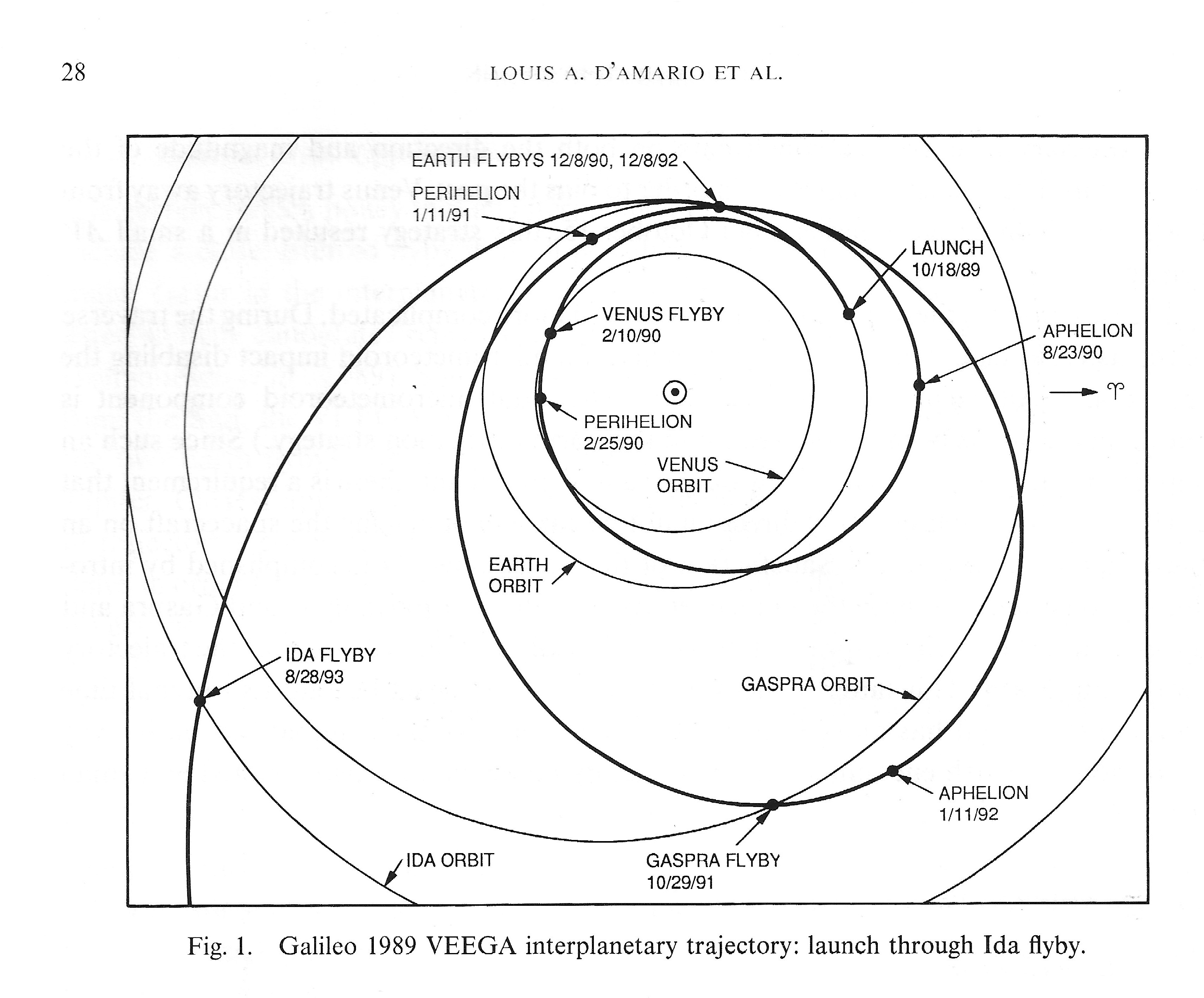
Introduction
Galileo was launched October 18, 1989, aboard space shuttle Atlantis; an Inertial Upper Stage rocket boosted into an orbit that allowed it to flyby Venus on Feb 10,1990 and two passes by earth in Dec 1990 and Dec 1992 to gain enough velocity to reach Jupiter in Dec 1995.
References
Detailed description of the spacecraft, instrumentation and mission plan are available in Space Science Reviews, Vol. 60 Nos. 1-4 1992.
Results are presented in Planetary and Space Science, Vol. 41, Issue 7 Pages 457-561, July 1993.
Accessing the Data
Data is available at the Planetary Plasma Interactions (PPI) Node that includes data from the Energetic Particles Detector(EPD), Magnetometer(MAG), Photopolarimeter Radiometer(PPR), Plasma Subsystem(PLS),Plasma Wave Subsystem(PWS) and Spacecraft Position(POS). https://pds-ppi.igpp.ucla.edu/search/?t=Venus&sc=Galileo&facet=SPACECRAFT_NAME&depth=1
Data were obtained with the Near-Infrared Mapping Spectrometer (NIMS) and the Solid State Imager (SSI) using the 418 and 986 nanometer filters. These data are archived in the Cartography and Imaging Node.
go_0002 (Galileo Orbiter SSI Images) This volume contains SSI images from the Galileo Orbiter spacecraft. It also contains documentation, software and index directories to support access to the image files data set.
go_1001 (Galileo Orbiter NIMS EDRs) This volume contains NIMS EDRs from the Galileo Orbiter spacecraft. It also contains documentation, software and index directories to support access to the image files on this disk.
go_1101 (Galileo Orbiter NIMS CUBEs) This volume contains NIMS CUBEs from the Galileo Orbiter spacecraft. It also contains documentation, software and index directories to support access to the image files on this disk. A NIMS CUBE is a calibrated spectral image that contains "backplanes" of geometry and other related information.
No Venus data were obtained with the Ultraviolet Spectrometer (UVS) and the Extreme Ultraviolet Spectrometer (EUVS). Information concerning instrumentation and possible authors of published results can be found at Atmospheric Sciences Node.
 PDS: The Planetary Atmospheres Node
PDS: The Planetary Atmospheres Node



